
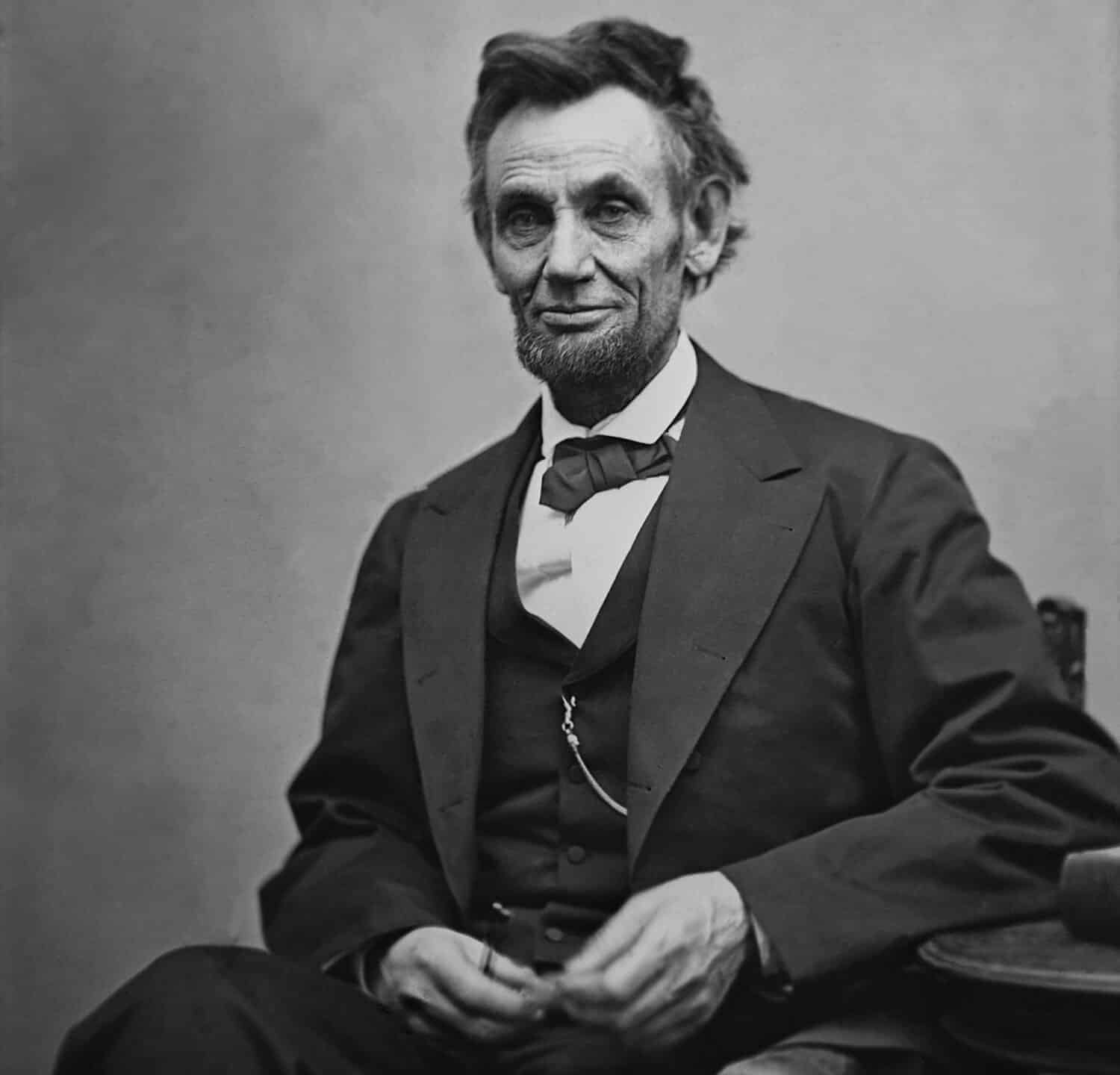

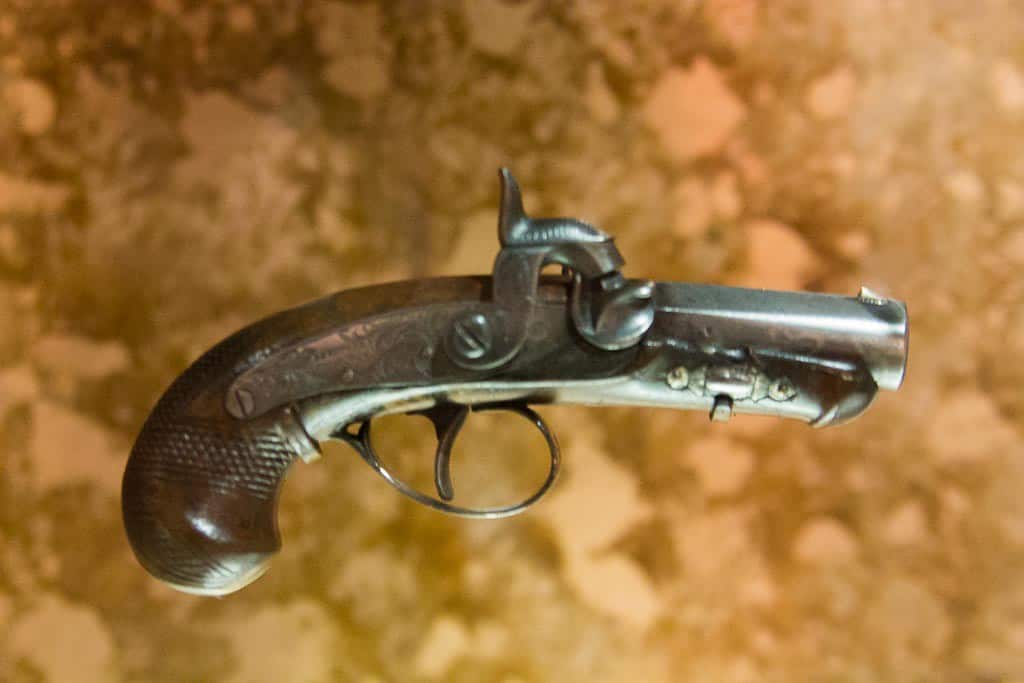
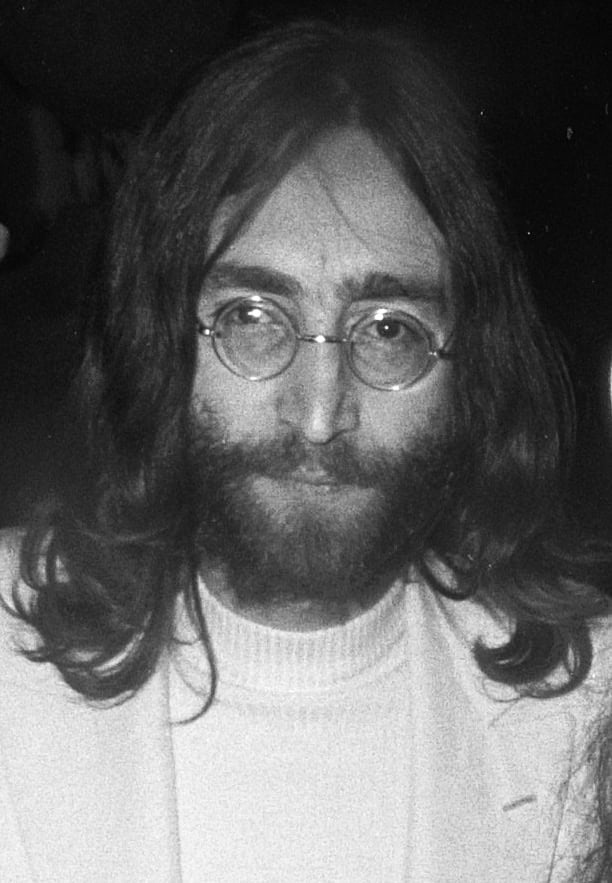
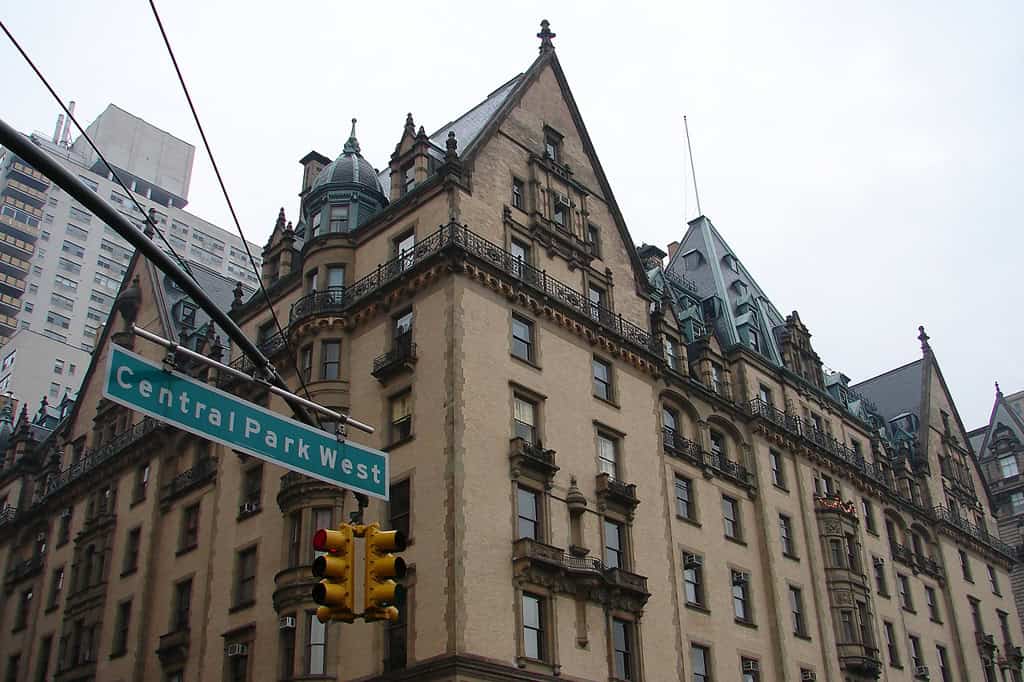

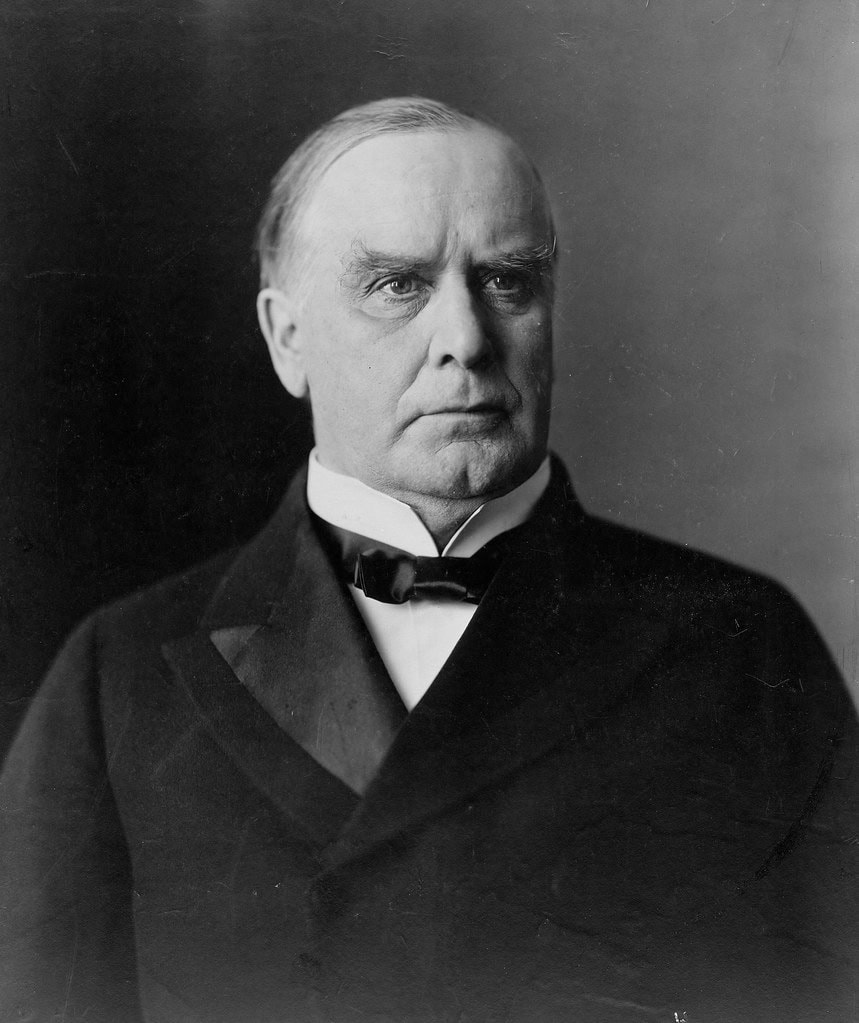

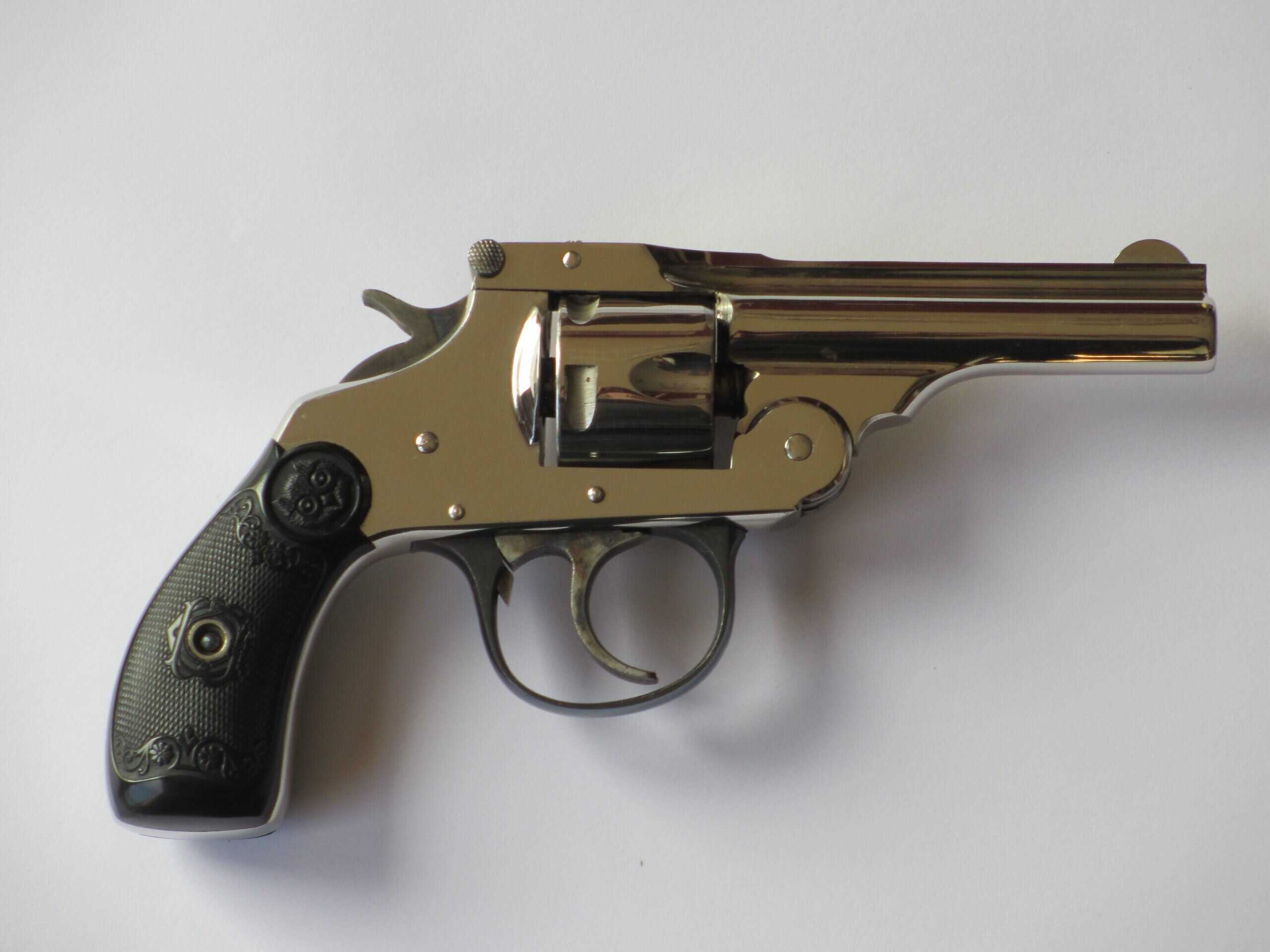
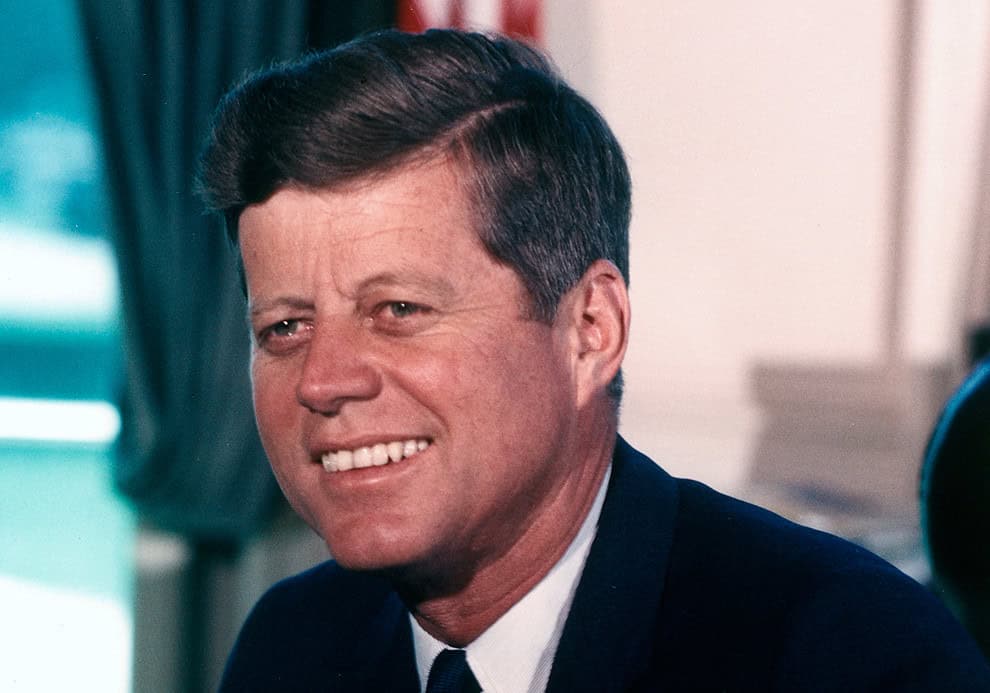
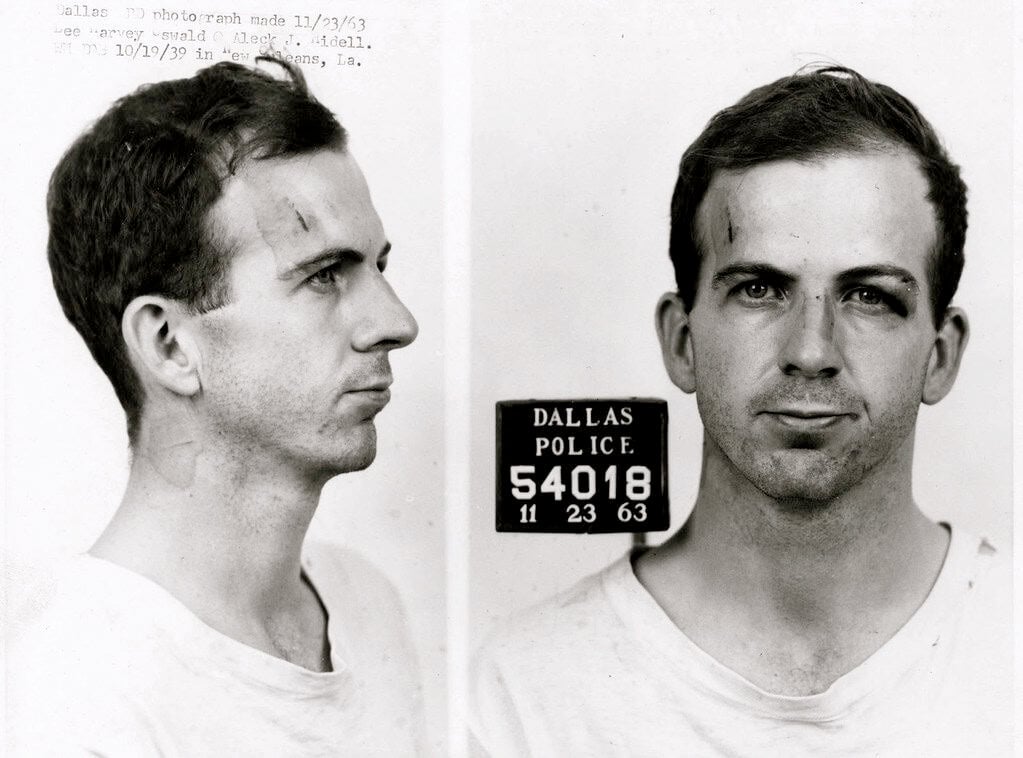

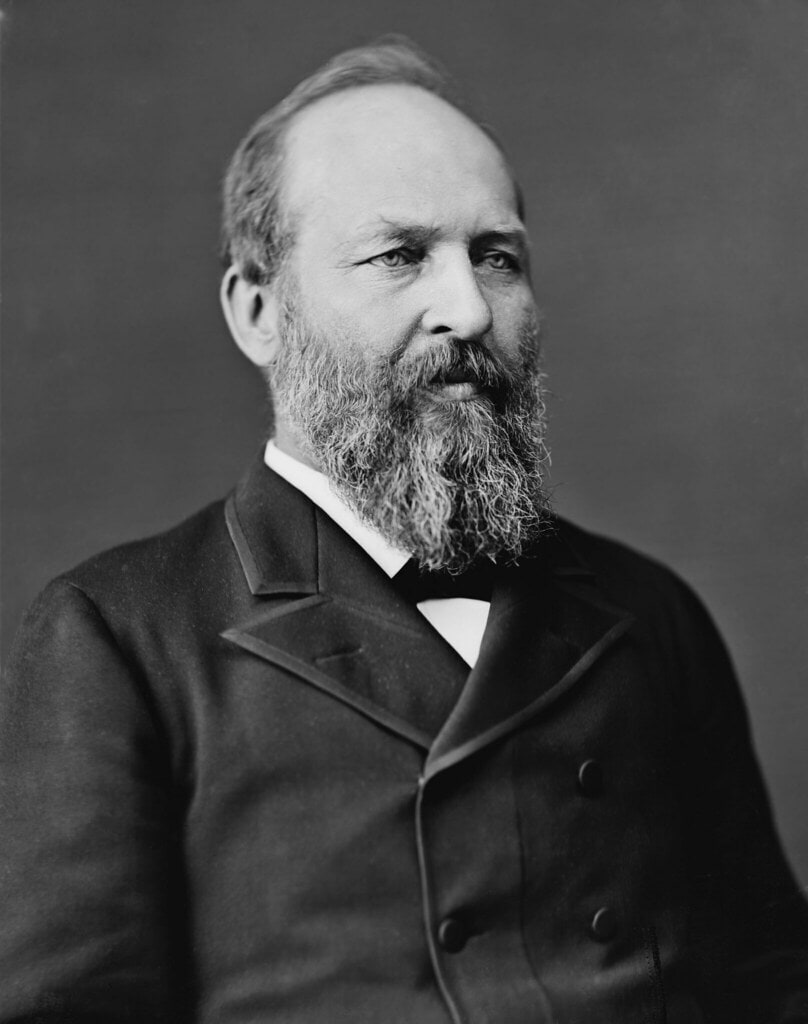

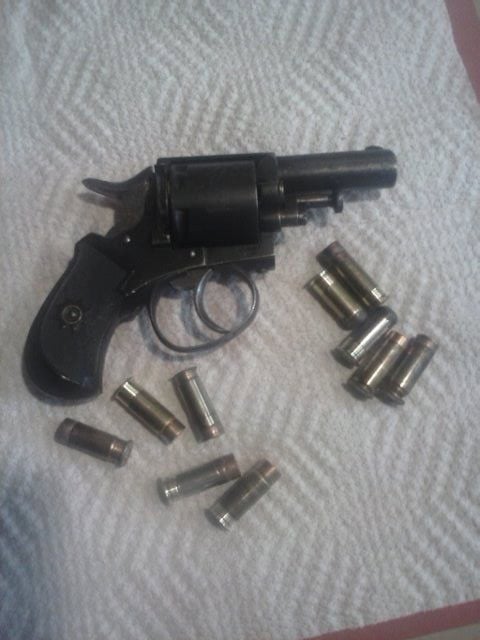

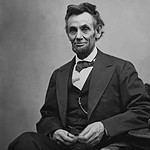
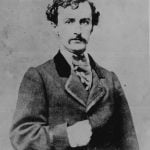
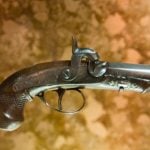
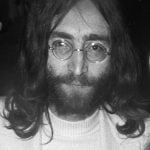
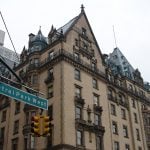
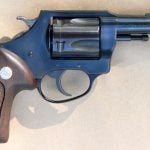
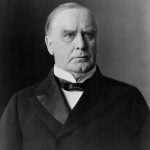
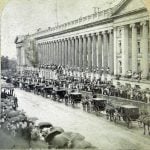
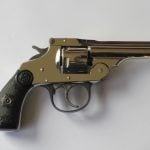
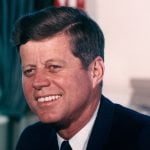

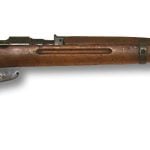



These are the Guns that Killed Lincoln and JFK
Which infamous firearms were used to kill these world leaders? Assassinations aren't a new phenomenon by any means. However, the late 19th and 20th centuries saw firearms become increasingly used when assassinating public figures. This has led to the weapons themselves gaining a mythology of their own, as we'll explore in depth today.
Abraham Lincoln
The 16th president of the United States was the first to hold the office to be assassinated. Shot in 1865, Lincoln's assassination has become part of the legend of the United States in a way. His seat at Ford's Theatre is still preserved, along with many other artifacts of that night.
John Wilkes Booth
Booth is an interesting figure in American history. Part of an acting dynasty, Booth had a significant level of fame on his own. His brother Edwin is regarded as one of the greatest American actors of the 19th century. This is similar to if the Affleck brothers decided that the president had to go.
The Gun That Shot Lincoln
Lincoln was shot with a particularly infamous firearm, one that has entered the popular lexicon at least. Booth's weapon of choice was a .44 caliber Philadelphia Deringer. These were single-shot hideaway pistols, intended to be concealed on one's person easily. The particular model Booth chose was an interesting divergence from those of the norm, featuring rifling going in the opposite direction of the typical models.
John Lennon
By 1980, few had the same sort of cultural cachet that John Lennon had. The former Beatle had firmly established himself as an elder statesman of sorts for the rock scene, enjoying popularity and critical acclaim for his solo career. Lennon was shot in front of his home in New York City, the Dakota Hotel.
Mark David Chapman
There is quite a bit of speculation as to the motive behind why Mark David Chapman decided to shoot Lennon. The man himself has given multiple different accounts in the intervening 45 years since the shooting. Chapman shot Lennon 4 times and was arrested without incident in the aftermath.
Charter Arms Undercover
Charter Arms has always filled an interesting niche in the world of revolvers. They don't carry the same fit and finish as the likes of Colt, nor the workhorse qualities of something like Ruger or Smith & Wesson. The Undercover chosen by Chapman is an infamous firearm solely because of its use against Lennon. The firearm itself is an unremarkable, inexpensive revolver intended for concealed carry.
William McKinley
McKinley has an interesting legacy as a president. He navigated the United States through the Spanish-American War with relative ease, seeing the country stand toe to toe with a European power. He consolidated the power of Republicans in the industrialized states of the Union. However, most of this gets swept to the side when considering his 1901 assassination.
Leon Czolgosz
Self-described anarchist Leon Czolgosz was the gunman behind McKinley's death. Not much has been given on the motive behind Czolgosz's actions. What is known is that he purchased his infamous firearm a few days before the assassination. The day of the assassination, Czolgosz reached out his hand to initiate a handshake with McKinley before slapping it aside and firing twice into McKinley's abdomen. McKinley died eight days later from an infection surrounding the wound.
Iver Johnson Safety Automatic Revolver
History is littered with also-ran firearm companies. For every Colt, you've got a dozen Iver Johnsons. The Safety Automatic revolver Czolgosz chose for his assassination was inexpensive, fired a common caliber, and was small enough to easily conceal. The .32 S&W cartridge used lacked penetrative power, leading to McKinley's slow and miserable demise.
John F. Kennedy
The most recent president to be assassinated, John F. Kennedy, has become lionized as a tragic figure of the Cold War era. Kennedy's legacy would likely have been mired in controversy due to events like the Bay of Pigs or the Cuban Missile Crisis. However, that'll remain unknown, as it is more his death that is focused on in recent years.
Lee Harvey Oswald
Oswald is a fascinating figure simply due to being seemingly inept at most things he set out to do. He was an unremarkable Marine. The Soviet Union simply didn't want the man when he attempted to defect. Oswald had a child whom he was described as "mentally disturbed", which might be one of the larger contributing factors behind his actions. The motive as to why Kennedy was targeted remains a mystery.
Carcano Model 91/38
The post-war years following the Second World War saw a surplus of firearms entering the American market. Former service rifles like the German Karabiner 98k, English Lee-Enfields, and the Italian Carcano all saw popularity due to their low price and plentiful ammunition. Oswald's infamous firearm was a Model 91/38 Carcano equipped with a telescopic sight. This is a sporterized weapon that became an item of intense focus due to its use.
James A. Garfield
Garfield's presidency is one that never got off the ground. His assassination, a mere six months after taking office, means the man didn't have time to get much done. Sadly, his assassination wasn't what we'd call successful. Garfield's death was prolonged and miserable, exacerbated by the doctors trying to treat his wound. After being shot in July of 1881, he died in September of the same year.
Charles Guiteau
History has painted an interesting portrait of Charles Guiteau. It would be easy to paint him as a jealous and jilted office seeker. However, the truth lies probably more in mental illness, something woefully misunderstood in the late 19th century. What is known is that Guiteau approached Garfield at the Baltimore and Potomac Railroad Station and fired twice. It took 79 days before Garfield would pass, with the doctors more to blame than Guiteau for the final stretch.
The Missing British Bulldog Revolver
The British Bulldog revolver chosen by Guiteau was an inexpensive, imported firearm, as you might guess. It was chosen with ivory grips, with the idea that the infamous firearm would look better at the museum exhibit and in the history books with them. The firearm was lost. It did spend some years at the Smithsonian, but hasn't been found since.
The image featured at the top of this post is ©"Gun used to assassinate Abraham Lincoln on display at Ford's Theatre, Washington, D.C" by Wknight94 talk is licensed under BY-SA 3.0. – License / Original